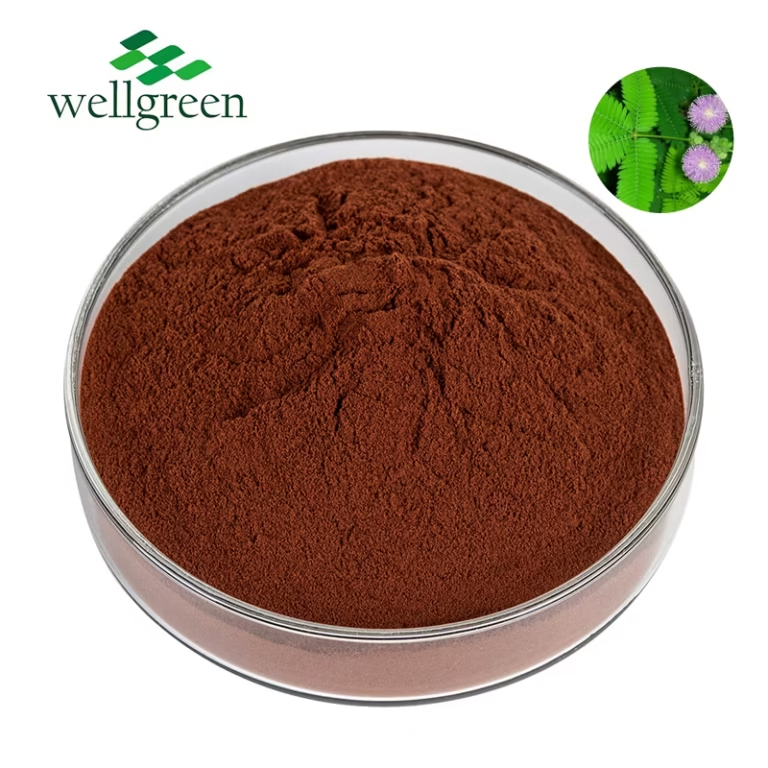Ethnobotanical Exploration of Mimosa Hostilis Mimosa Hostilis

The ethnobotanical exploration of this fascinating species reveals a rich tapestry of traditional knowledge and cultural practices. For centuries, indigenous communities have utilized various parts of this remarkable species , particularly its root bark, for a multitude of purposes spanning from medicinal remedies to spiritual rituals.
- Local healers have long employed Mimosa Hostilis to address various illnesses such as inflammation .
- Additionally, the plant's psychoactive properties have been appreciated in certain cultural contexts, leading to its use in ceremonial practices .
Recent scientific investigations have begun to shed light the bioactive compounds responsible for Mimosa Hostilis's purported effects. This ongoing research promises to deepen our knowledge into this ethnobotanically significant plant and its diverse uses.
Dissecting the Chemical Potential of Mimosa Hostilis
Mimosa hostilis, a fascinating plant native to the subtropical regions of the Americas, has captured significant scrutiny in recent decades. This obscure species contains a trove of chemical substances with a extensive range of potential applications. From traditional medicinal practices to modern research, the exploration of Mimosa hostilis's chemical profile progresses at an accelerated pace.
Nevertheless, much remains to be unveiled about the full scope of its power. Researchers are actively delving into its distinct chemical makeup to leverage its benefits for the improvement of human health and well-being.
Traditional and Modern Uses of Mimosa Hostilis Bark Powder
Mimosa hostilis bark has been utilized in various traditional ceremonies rituals for centuries. Native communities often employed it as a potent element in spiritual ceremonies. Traditionally, the bark was consumed to induce altered states of consciousness, promoting connection with the divine.
Modernly, mimosa hostilis bark has gained recognition for its potential therapeutic applications. Researchers are investigating its substances for their possible immune-boosting properties. The extract is often used in cosmetics products due to its regenerative effects.
Furthermore, mimosa hostilis bark holds unique alkaloids that some individuals utilize for their stimulating effects. It is crucial to note that the consumption of mimosa hostilis bark should be approached with awareness. Consulting a qualified healthcare professional is essential to understand potential risks and effects.
The Pharmacology of Mimosa Hostilis: A Comprehensive Review
Mimosa hostilis, a treelike plant native to the Americas, has garnered considerable attention in recent years for its chemical properties. The key compound responsible for these effects is mescaline, a potent altered-state compound found in various indigenous cultures for spiritual purposes.
This comprehensive review aims to explore the get more info physiology of Mimosa hostilis, encompassing its actions on the human system, potential therapeutic applications, and associated concerns. By analyzing current research, this review delivers a in-depth understanding of the complex nature underlying the pharmacological potential of Mimosa hostilis.
- Additionally, this review will examine the cultural significance of Mimosa hostilis within indigenous communities, providing a comprehensive perspective on its use.
- Concisely, this review serves as a valuable resource for researchers, healthcare professionals, and individuals seeking to gain a deeper understanding of the pharmacology of Mimosa hostilis.
Mimosa Hostilis: Ethnomedicinal Applications and Safety Considerations
Mimosa hostilis, a shrub indigenous to tropical America, has traditionally utilized in ethnomedicine for its remarkable properties. Indigenous cultures employ the bark and root of this plant to treat a variety of ailments, including skin conditions. While promising results suggest its efficacy in treating these disorders, it's crucial to evaluate the potential safety side effects associated with its use.
- Ingestion of M. hostilis ought to be approached with caution due to its high concentration of alkaloids, particularly harmala.
- Combinations between M. hostilis and other medications can be possible, potentially leading to adverse outcomes.
- Advise with a qualified healthcare professional is highly recommended before incorporating M. hostilis into any health regimen.
Cultivation and Harvesting of Mimosa Hostilis for Sustainable Practices
Cultivating Mimosa tenuiflora efficiently requires a deep appreciation of its individual needs. Farmers should aim to create a optimal growing environment that provides adequate illumination, well-drained soil, and suitable moisture levels. Traditional knowledge about the herb's preferences can be a valuable resource for cultivating thriving plants.
Harvesting Acacia hostilis should be conducted responsibly to ensure the long-term health of the ecosystem. Gatherers should select developed plants and collect only the required parts. Reducing damage to the plant during harvesting is crucial for recovery.
Sustainable harvesting practices include changing harvest sites, excluding over-harvesting, and adopting methods that promote plant recovery. By adhering to these principles, gatherers can ensure the continued availability of Mimosa hostilis for generations to come.
